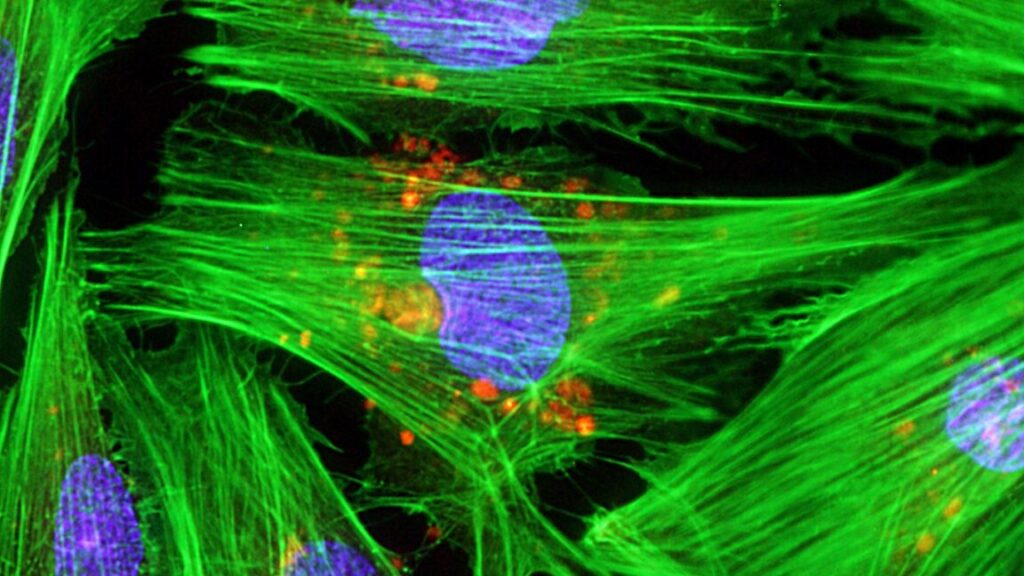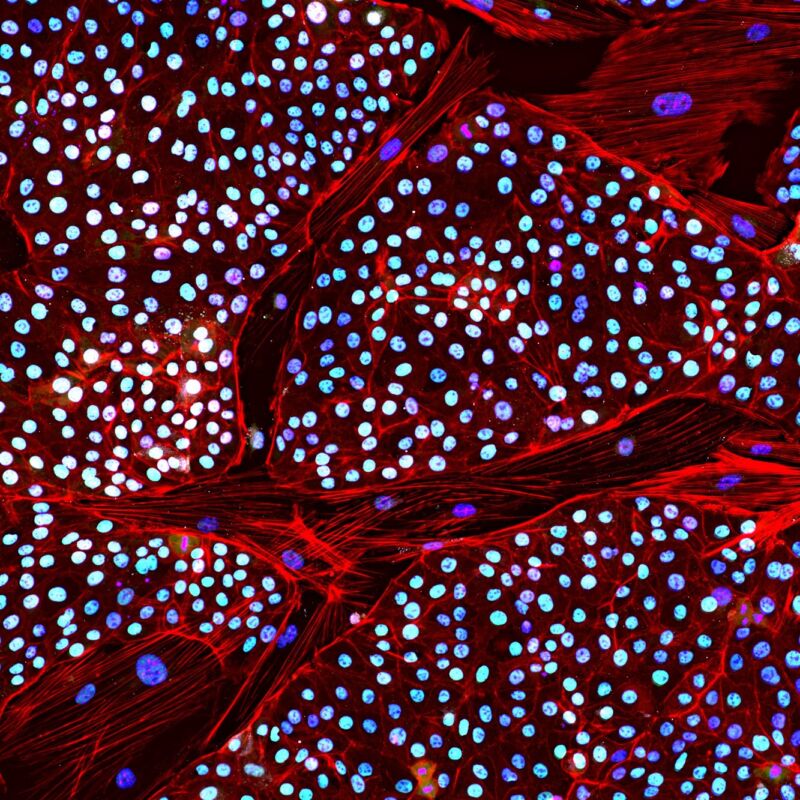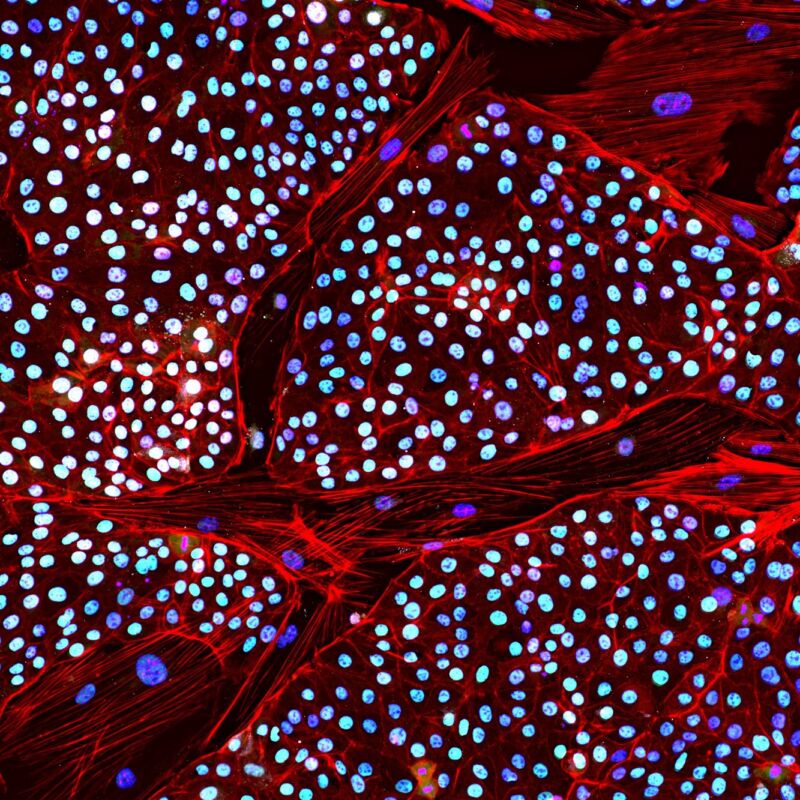Stem cells used to partially repair damaged hearts
When we developed the ability to convert various cells into a stem cell, it held the promise of an entirely new type of therapy. Rather than getting the body to try to fix itself with its cells or deal with the complications of organ transplants, we could convert a few adult cells to stem cells and induce them to form any tissue in the body. We could potentially repair or replace tissues with an effectively infinite supply of a patient’s own cells.
However, the Nobel Prize for induced stem cells was handed out over a decade ago, and the therapies have been slow to follow. But a group of German researchers is now describing tests in primates of a method of repairing the heart using new muscle generated from stem cells. The results are promising, if not yet providing everything that we might hope for. But they’ve been enough to start clinical trials, and similar results are being seen in humans.
Heart problems
The heart contains a lot of specialized tissues, including those that form blood vessels or specialize in conducting electrical signals. But the key to the heart is a form of specialized muscle cell, called a cardiomyocyte. Once the heart matures, the cardiomyocytes stop dividing, meaning that you end up with a fixed population. Any damage to the heart due to injury or infection does not get repaired, meaning damage will be cumulative.
This is especially problematic in cases of blocked blood vessels, which can repeatedly starve large areas of the heart of oxygen and nutrients, killing the cardiomyocytes there. This leads to a reduction in cardiac function and can ultimately result in death.
It turns out, however, that it’s relatively easy to convert induced pluripotent stem cells (IPSC, with pluripotent meaning they can form any cell type). So researchers tried injecting these stem-cell-derived cardiomyocytes into damaged hearts in experimental animals, in the hope that they would be incorporated into the damaged tissue. But these experiments didn’t always provide clear benefits to the animals.
Stem cells used to partially repair damaged hearts Read More »


